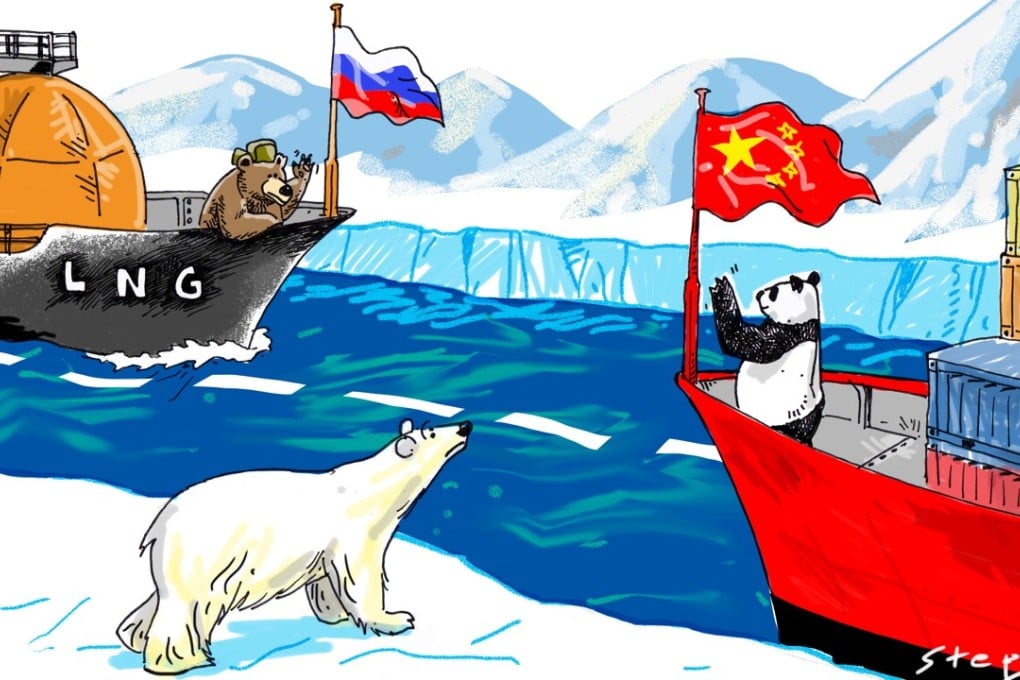Advertisement
Opinion | China and Russia want to develop Arctic energy resources together, and US disapproval may not deter them
Donald Gasper says China has helped to finance Russia’s quest to develop Arctic resources after US sanctions, and deeper involvement may follow if Beijing can acquire a management role
Reading Time:4 minutes
Why you can trust SCMP
0

In a major breakthrough this summer, the first shipment of liquefied natural gas was made from the Russian port of Sabetta, home to the Yamal LNG project in the Russian Arctic, to the Chinese port of Rudong in Jiangsu.
Two LNG tankers, the Vladimir Rusanov and the Eduard Toll, with a cargo capacity of over 172,000 cubic metres each, sailed without any icebreaker escort through the Northern Sea Route, which China is calling the Polar Silk Road, in just 19 days, compared to the 35 days that it would normally take to navigate the traditional eastern route via the Suez Canal.
This follows the State Council Information Office’s first official white paper on “China’s Arctic Policy”, issued on January 26, proclaiming that the country now regarded itself as a “near-Arctic state”. It stated that China wished to encourage joint efforts to build a “Polar Silk Road” or “blue economic passage”, linking it with Europe through the Arctic Ocean, and repeated that this should be embedded in the Belt and Road Initiative.
The notion of a “Silk Road on Ice” goes back to a December 2015 meeting of Chinese and Russian heads of government that advocated cooperation in Arctic navigation. A joint statement stated for the first time that both sides would work together to develop the northern sea route along the Russian Arctic coast into a competitive commercial sea route.
Advertisement
